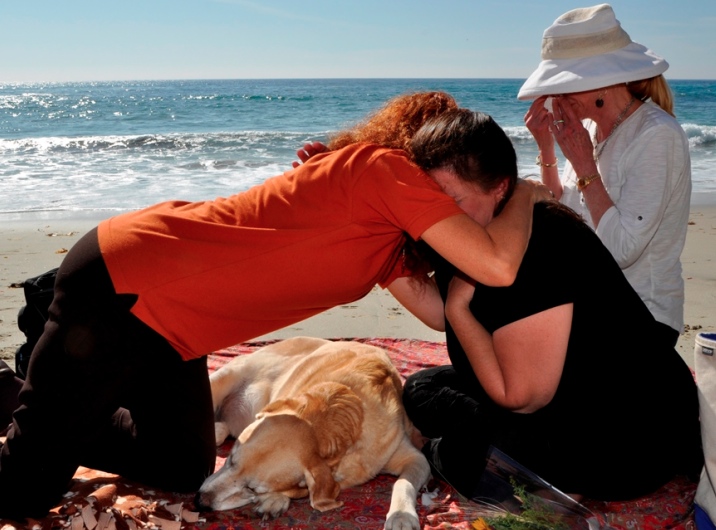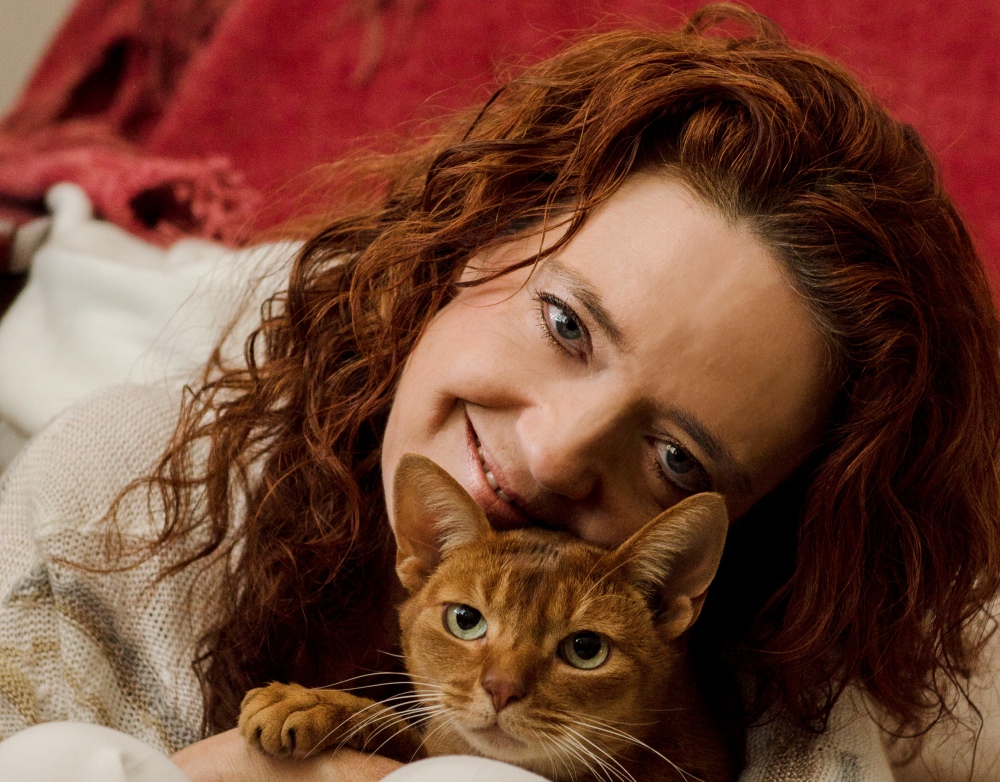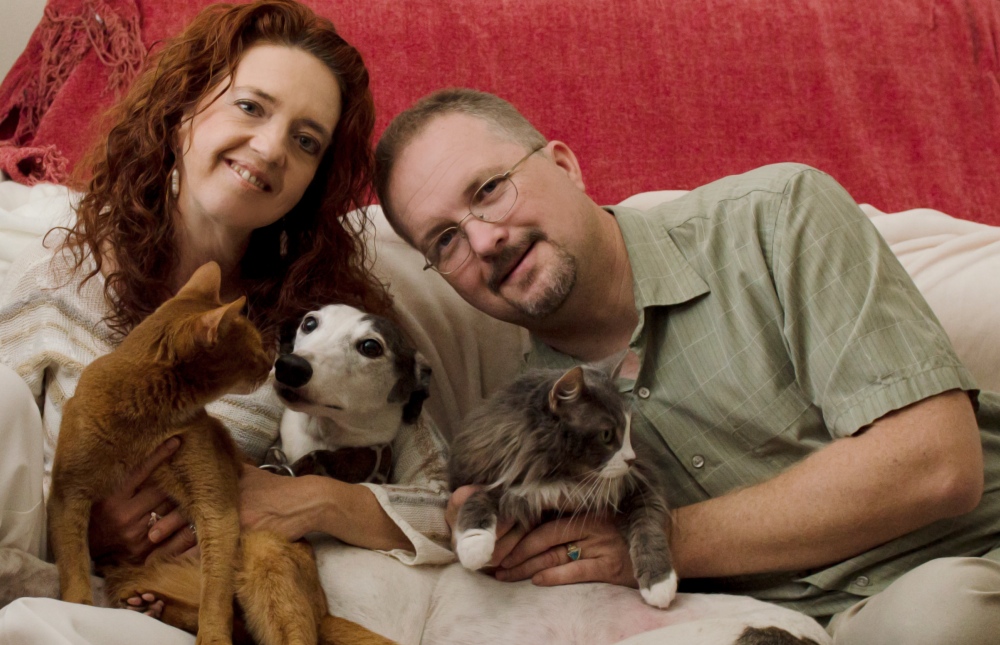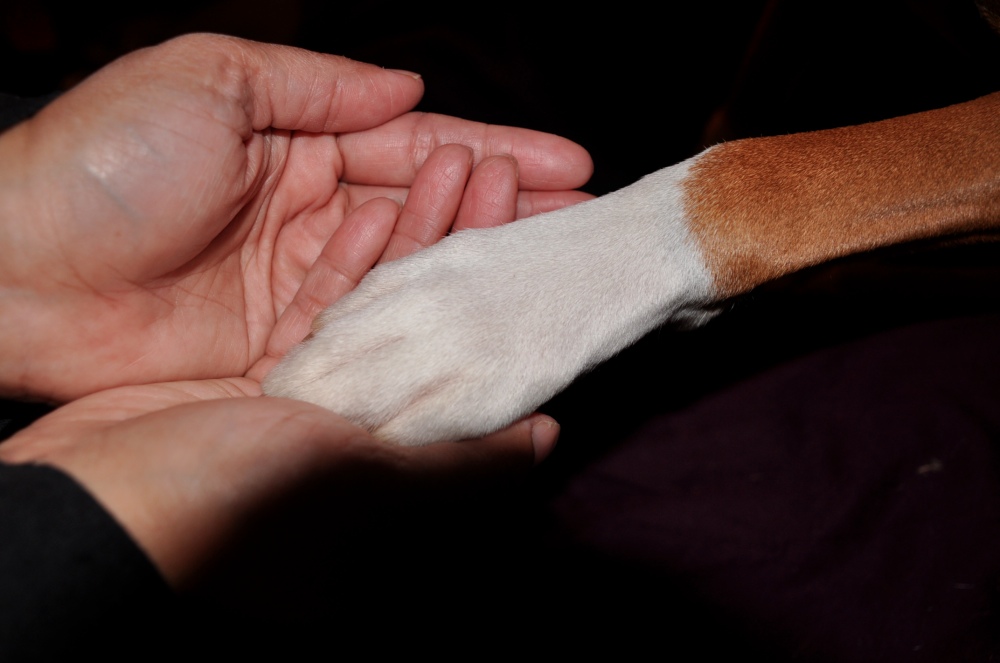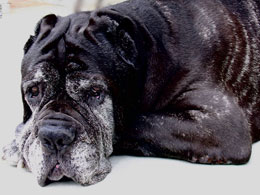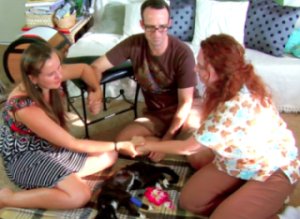Your pet’s hospice care is a matter we take to heart. We will do our very best to ensure that your pet has the most comfortable End of Life experience possible. Caring for a terminal pet can be time consuming and requires a commitment both on your part and on our part. Therefore communication between doctor and pet parent it is of prime importance. For routine updates, please email the doctor. You can send your email at [email protected] and our staff will forward your email to the doctor who has seen your pet. For urgent matters, you can contact us via phone at 714-454-4080. Do not use text messages under any circumstance. In the case of urgent matters, it is possible that you may speak to a different doctor than the one who did the original hospice consultation, depending on who is on call at the time. For prescription refills, please contact the doctor via email (as per above) at least 3 days in advance.
For refill authorizations of prescriptions, you may be required to repeat the Quality of Life scale, the pain indicators table as well as give us an update on how your pet is doing so that we may adjust the dosage and prescriptions in your pet’s best interest. The first consultation fee includes a one hour consultation in your home and one month of email follow-ups. Over-the-phone follow-ups are subject to a fee of $125/15 minutes. Follow-up hospice (not euthanasia) visits within one month of the original visit are offered at a discount (excluding any applicable travel and off hours fee). An update on Quality of Life scale and pain table are required to benefit from discounted fee on monthly visits.
A fee of $150 per month will be assessed for email follow ups after the first month. This fee will be waived if a follow-up home visit is made within one month of original visit. We have 5 amazing doctors in our team. Each doctor was chosen for her exceptional compassion and caring. Due to our doctors' schedules (both personal and professional), it may not be possible for the same doctor who attended your pet's hospice visit(s) to be the one helping you with your pet's euthanasia. Rest assured that your pet, you and your family will be treated with the utmost compassion regardless of which doctor helps you during the course of your pet's hospice and euthanasia.
